Eggs are a breakfast staple worldwide, enjoyed scrambled, fried, boiled, or even raw (in some cultures). But besides being a versatile and nutritious food, eggs hide many secrets! Here are a few fascinating facts you probably didn’t know about them.
There are 11,000 Varieties
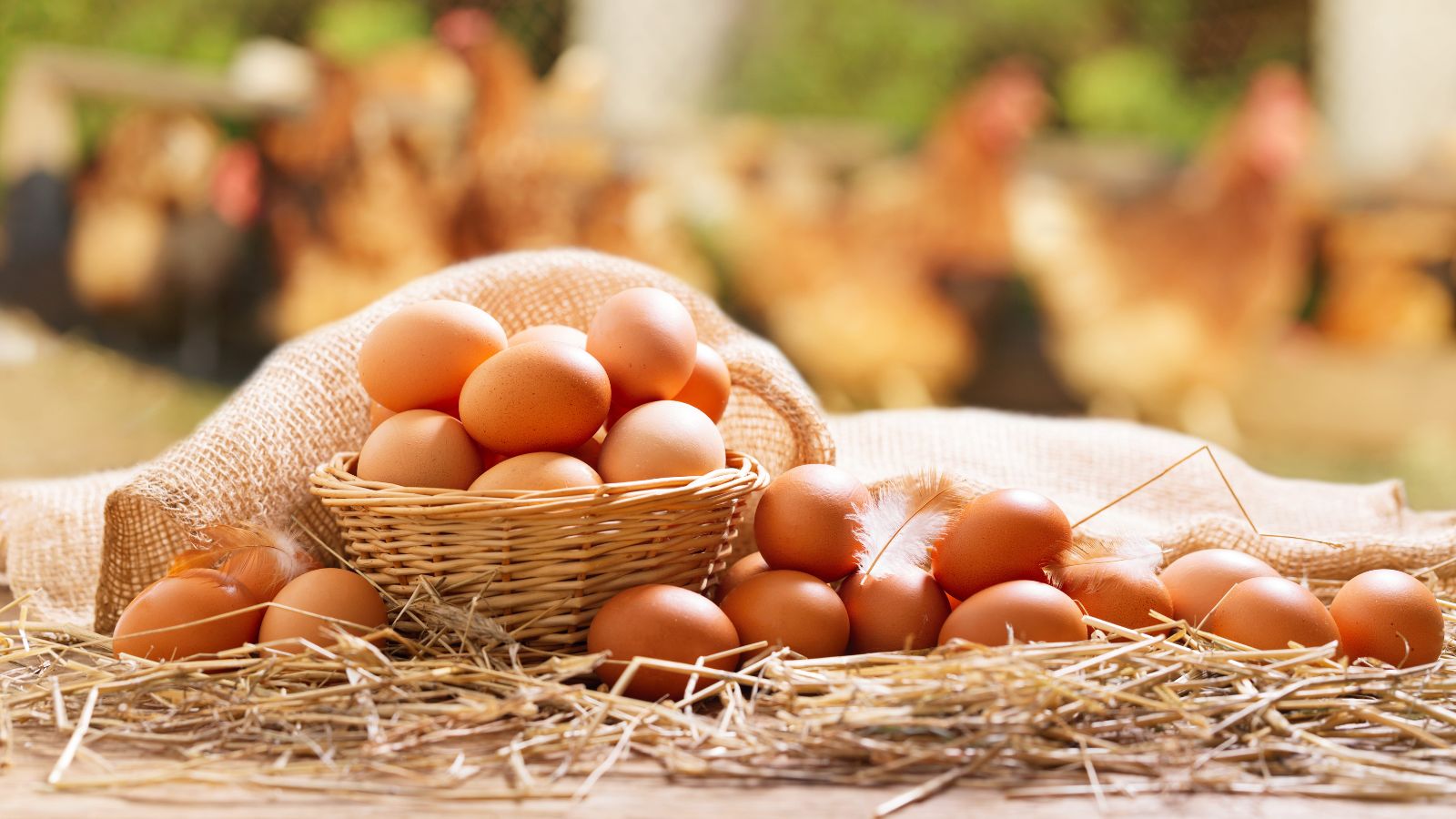
All birds lay hard-shelled eggs that resemble the well-known chicken egg but vary in size, shape, and color. Birdlife claims there are over 11,000 living species of birds, each with their own, unique type of egg. The Bee Hummingbird lays an egg the size of a coffee bean, while the flightless ostrich lays eggs that can be almost six inches long and weigh over three lbs!
Yolks Aren’t Just Fat
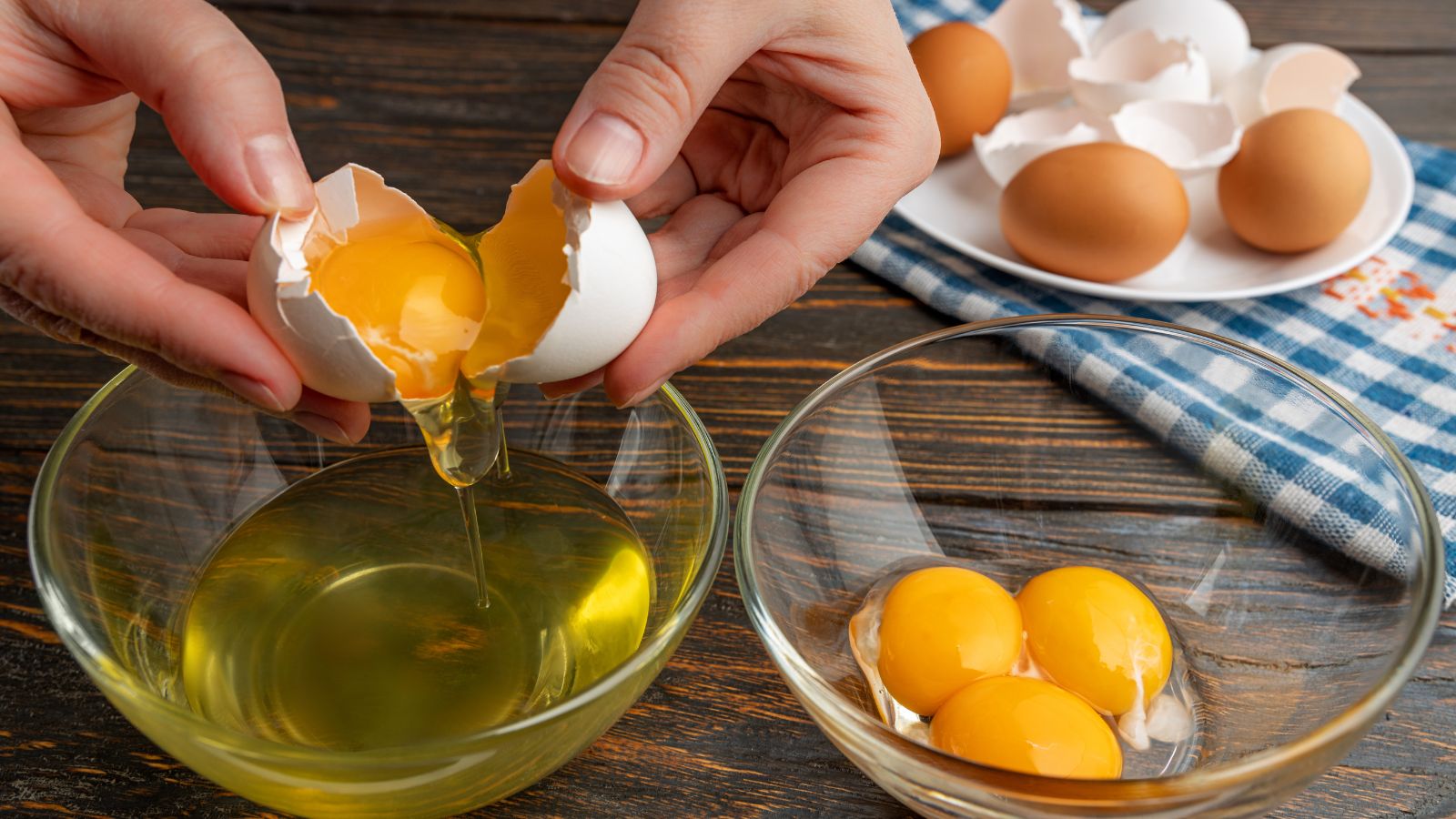
Many people mistakenly link egg yolks with fat and ‘bad’ cholesterol, but they’re packed with many other nutrients! Egg yolks contain essential vitamins and minerals such as vitamins A, D, E, B12, riboflavin, folate, iron, and choline. Choline is particularly important for brain health and memory function, making eggs an excellent food for older people.
Color Doesn’t Affect Taste
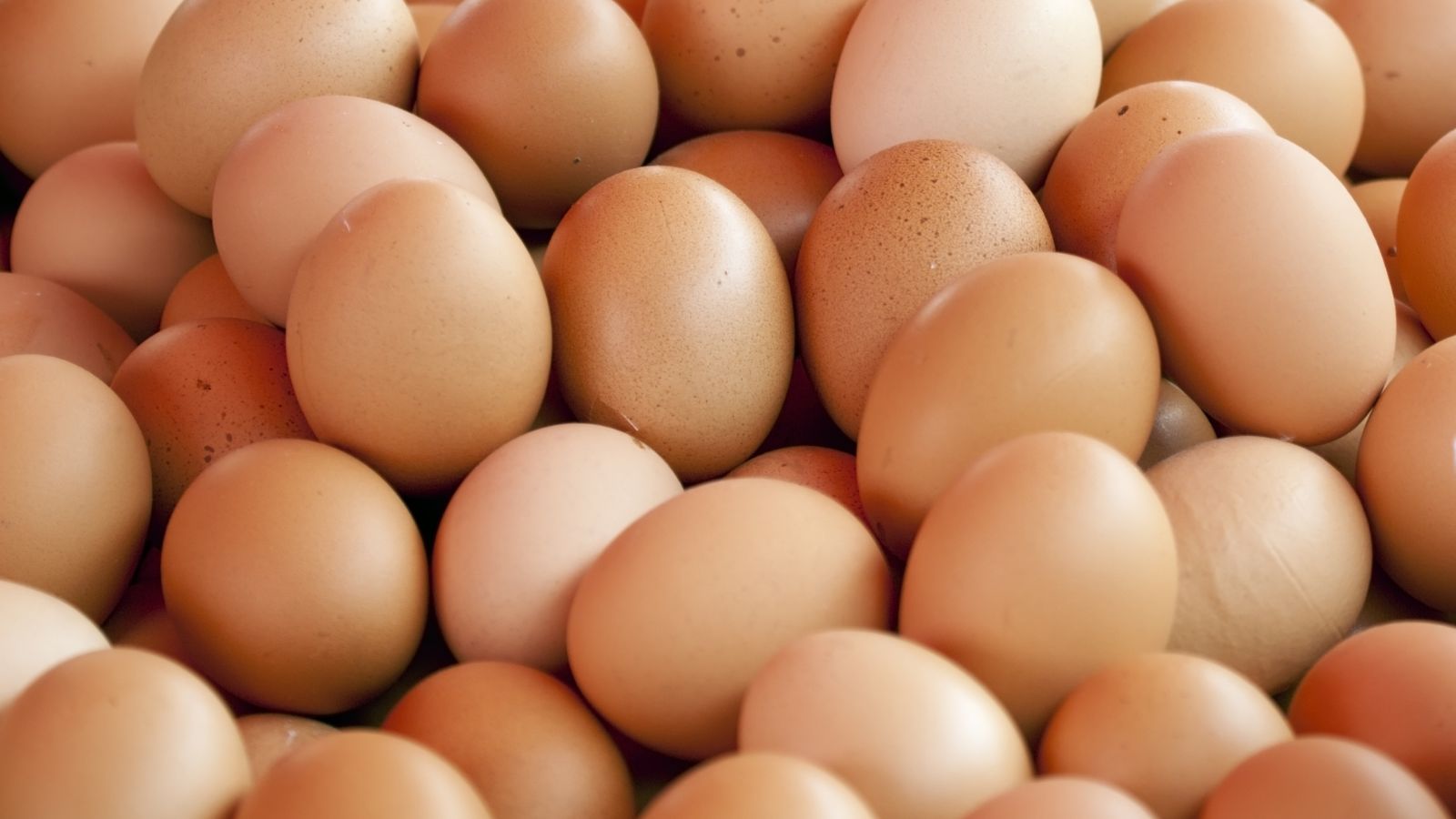
Brown eggs and white eggs look different, but the shell color does not impact the egg’s taste or quality inside. The color of the shell depends on the breed of chicken that laid the egg; hens with white earlobes tend to lay white eggs, while those with red or brown earlobes typically lay brown eggs. Taste is affected by things like the hens’ diet, freshness, and cooking methods.
Some Contain Antifreeze
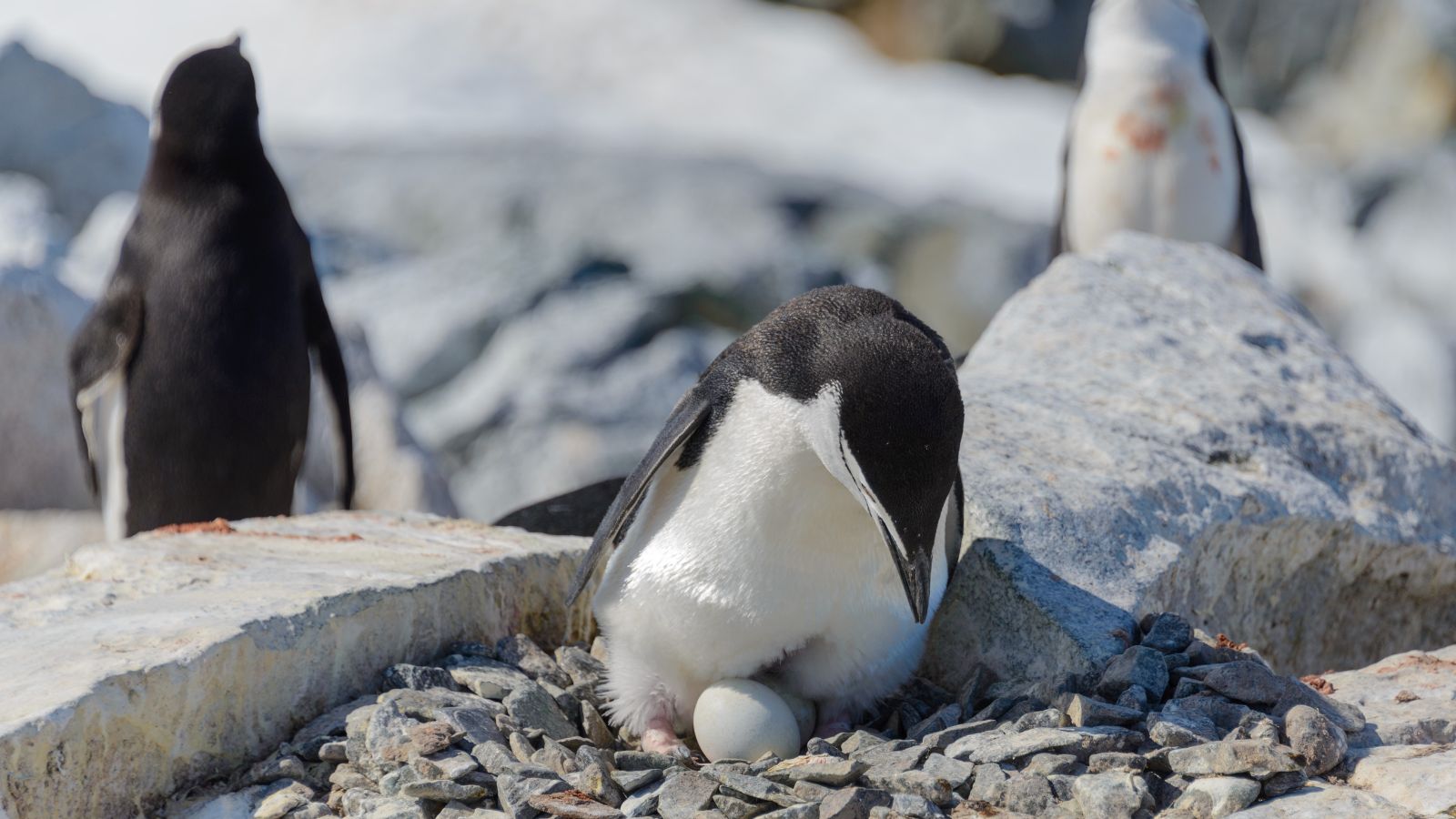
Some bird species lay their eggs in cold places, so chemical processes are needed to prevent them from freezing! A study published in The NIH found that antarctic penguin species, such as the Adelie penguin, lay eggs that contain proteins that act like antifreeze and lower the freezing point of the liquid egg, keeping them viable at sub-zero temperatures.
Eggshell Strength Depends on Age
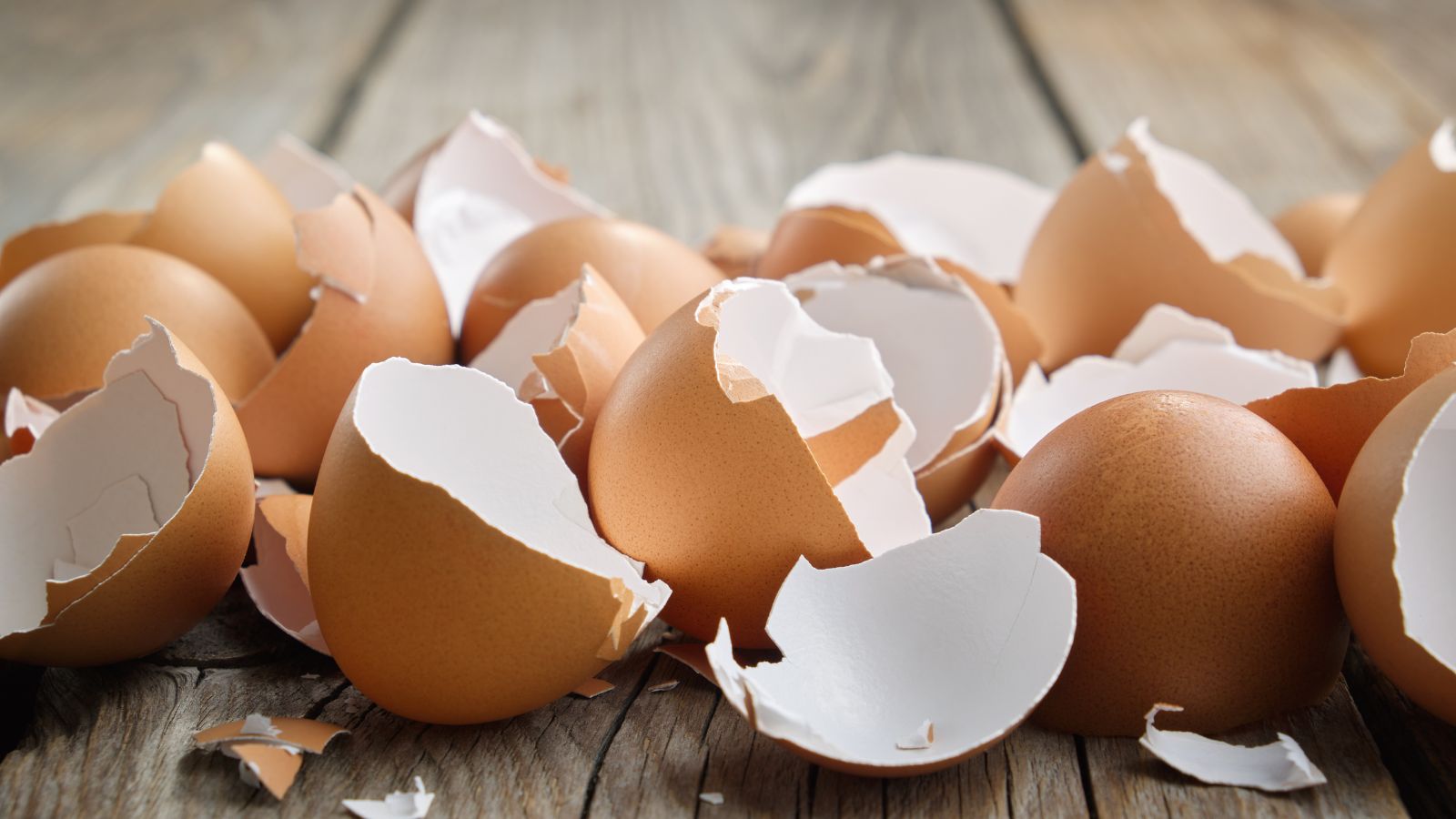
Contrary to popular belief, the thickness and strength of an eggshell are unrelated to the breed of the hen but depend on the hen’s age and diet. Younger hens lay eggs with stronger, harder shells due to higher calcium carbonate deposition, which naturally reduces as they age. Shell strength can also be improved by giving birds feed that contains oyster shell fragments.
The Shell is Porous
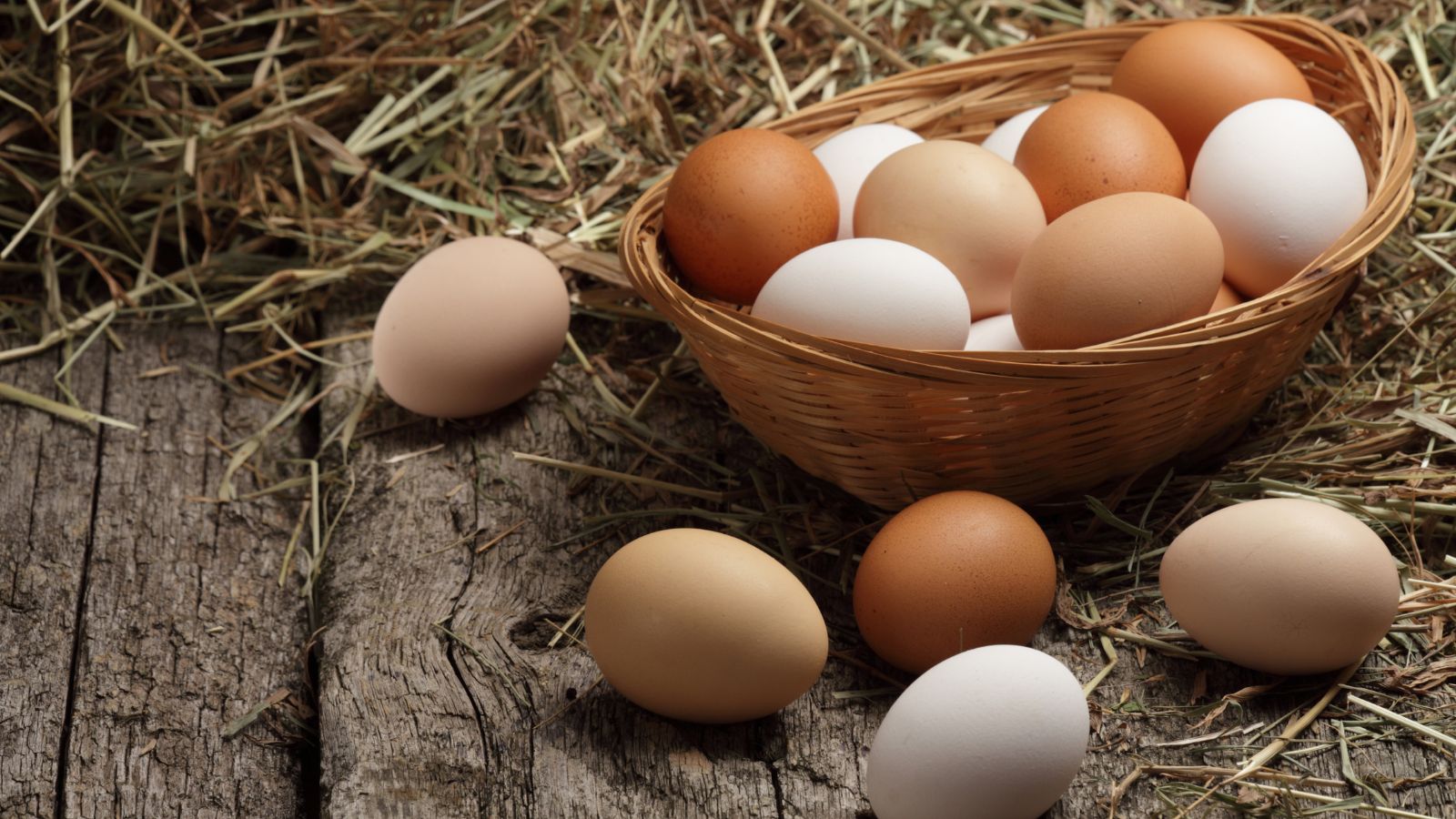
An eggshell is an evolutionary marvel. Not only is it strong enough to protect the developing chick, but also porous enough to let gasses transfer during incubation without fluid escaping. There are about 7,000 pores in a chicken eggshell, with more found at the larger end than the ‘pointed’ end. A special mucous coating inside the shell also helps stop bacteria from entering.
Nest-Building Is a Skill
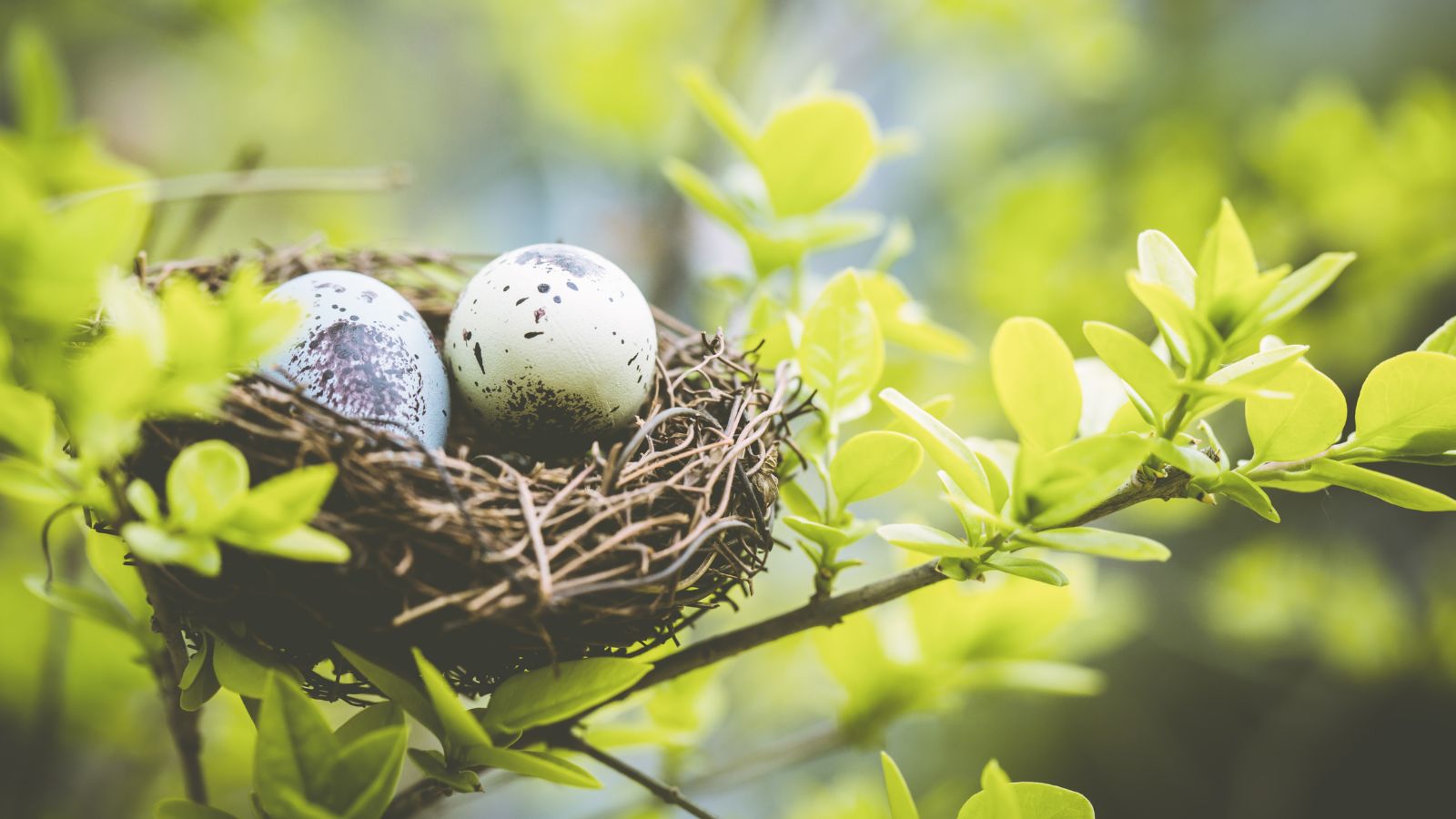
Wild birds don’t have a hen coop to lay their eggs in, so they often build impressively intricate nests to keep their eggs warm and safe, while their chicks develop inside. The type of nest depends on a bird’s size, beak type, breeding habits, habitat, and available materials. Nests can range from intricately woven ‘baskets’ and riverbank tunnels to rocky mounds and sandy hollows.
Eggs Don’t Need Refrigeration At First
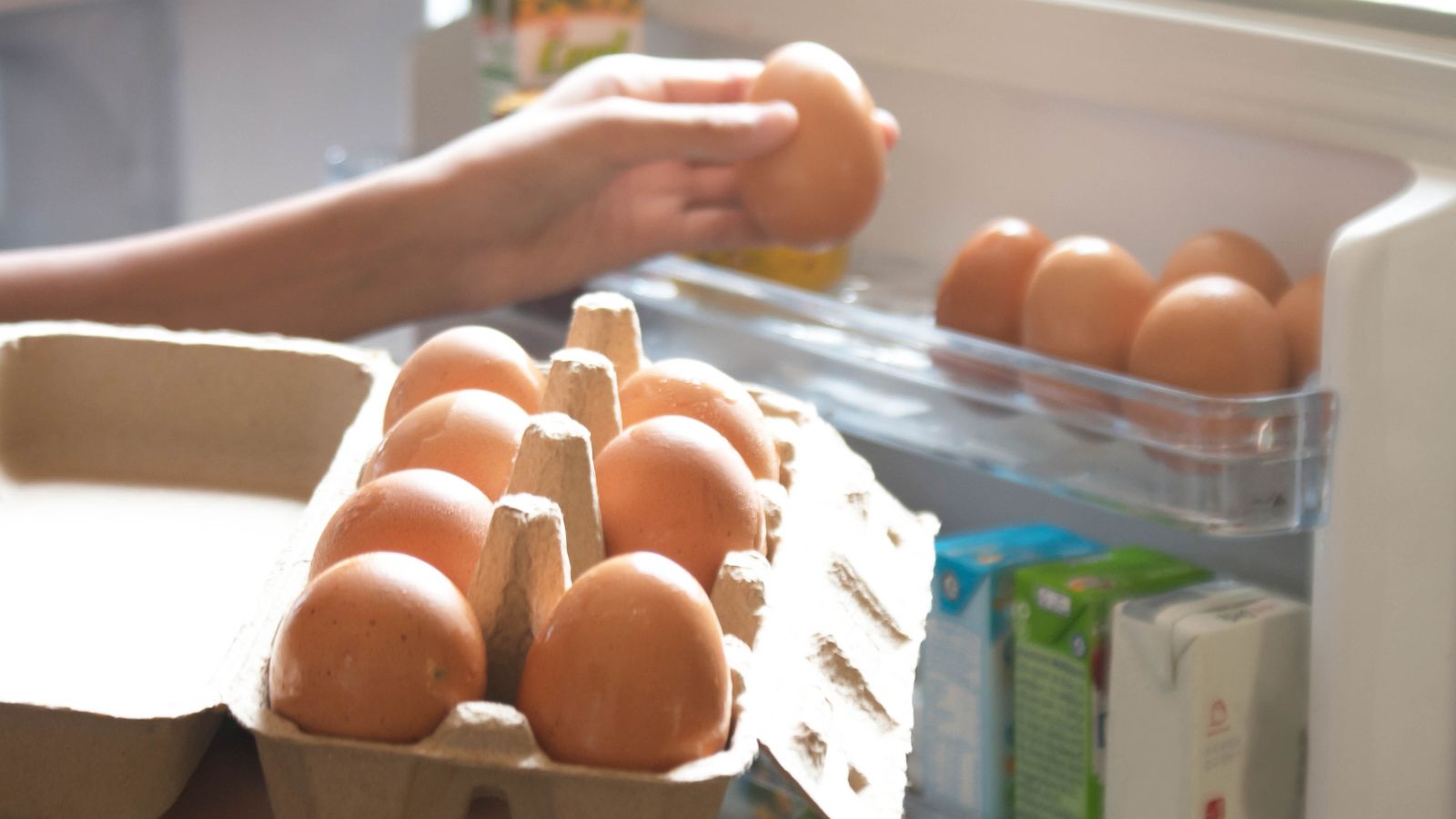
Commercially sold eggs in the U.K. are typically washed and treated with a light coating of mineral oil to help preserve them and prevent bacterial contamination. This process allows them to be stored safely at room temperature for several weeks. However, once eggs are refrigerated, they should remain cold until eaten to prevent the growth of bacteria.
They Are a Perfect Support System For Embryos
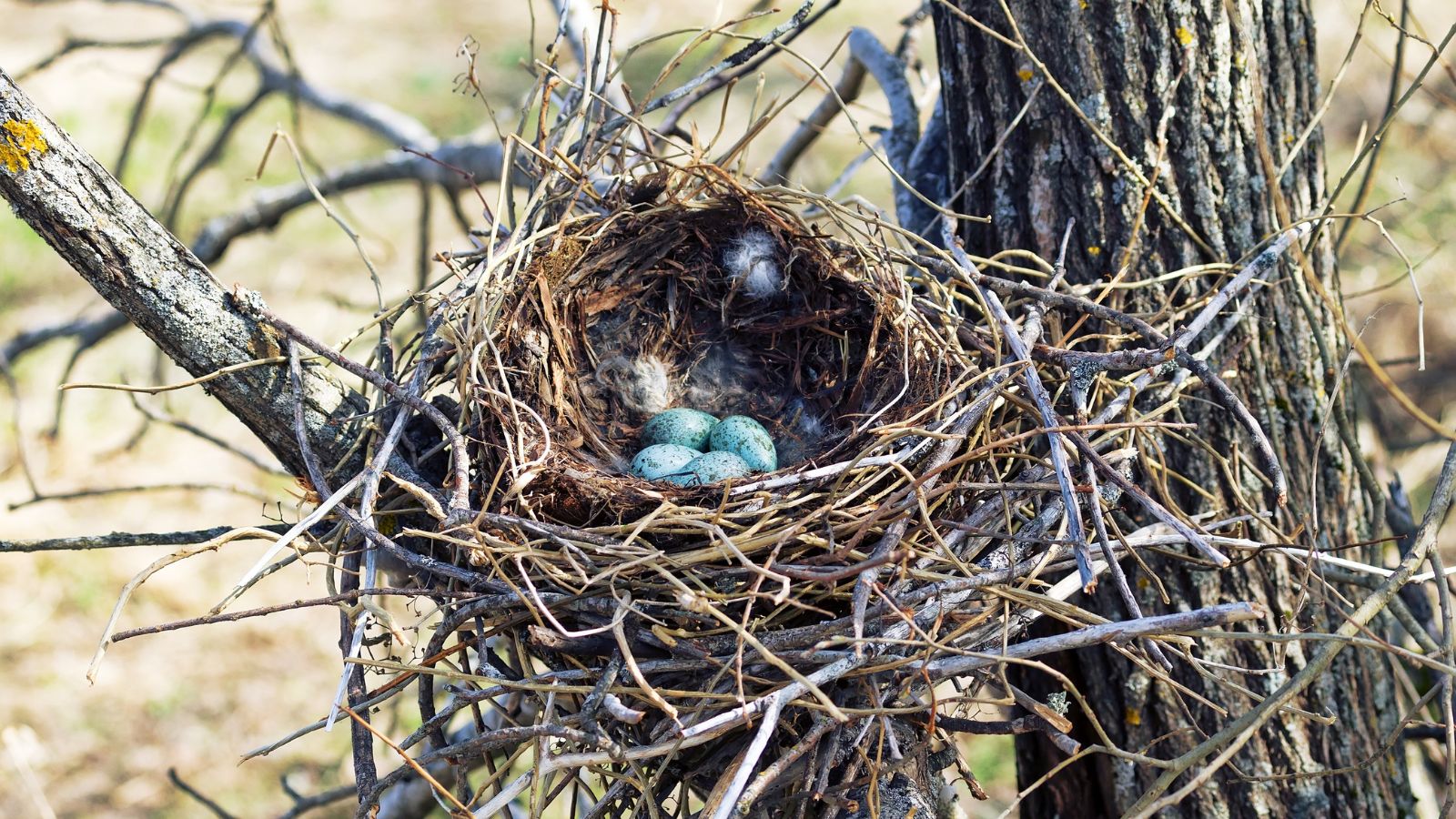
A bird’s egg is a perfectly balanced nutritional package for a developing chick. The yolk provides protein, fat, and essential vitamins and minerals, while the albumen (egg white) provides water and protein. SciELO states that, as the chick develops inside the egg and grows, it depletes the yolk and absorbs its nutrients while using the albumen as a source of moisture.
Some Cultures Eat Them Raw
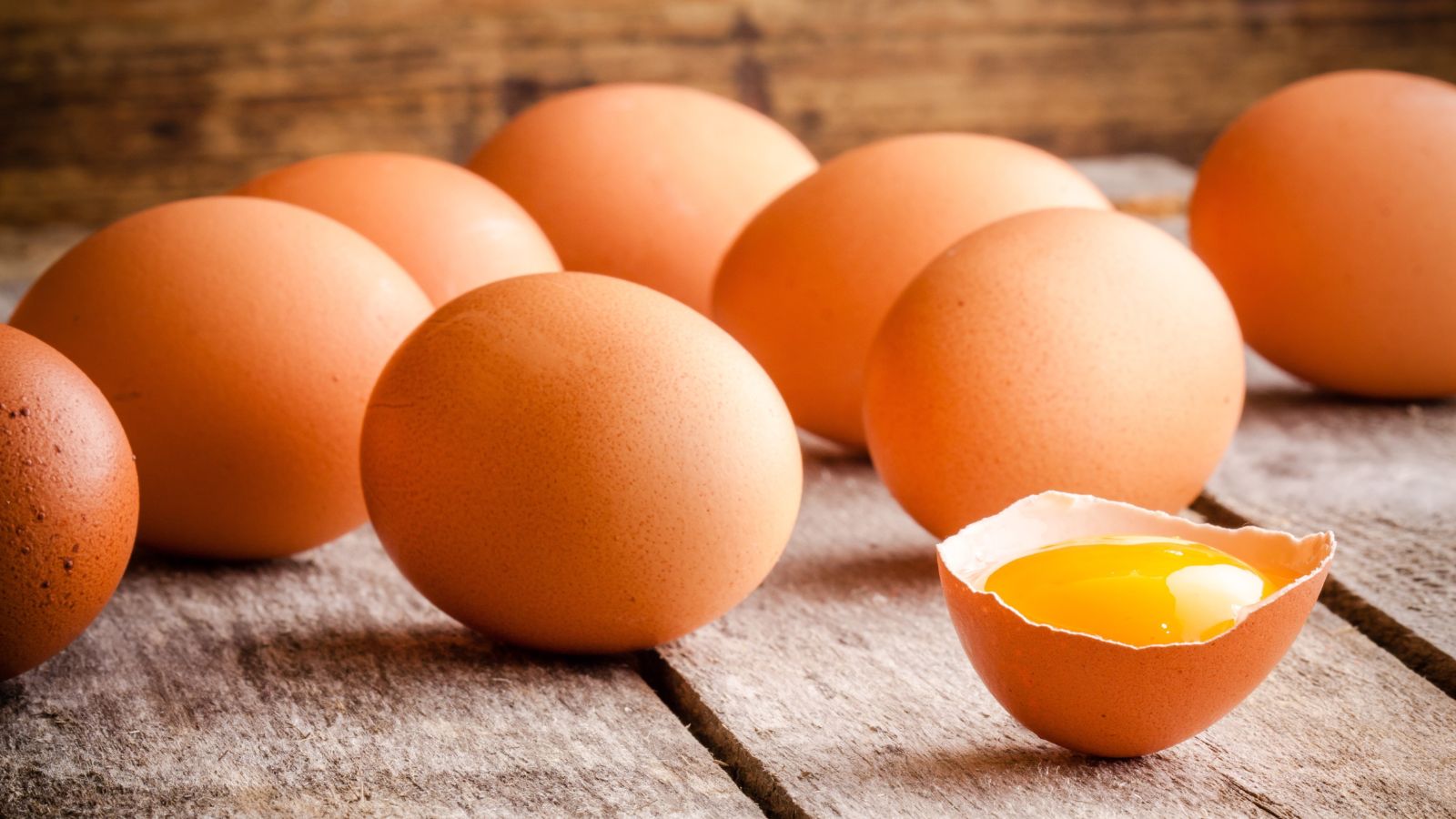
The safety of consuming raw eggs is often debated but is generally deemed unsafe in the U.K. if you’re buying commercial eggs from the grocery store. In Japan, raw eggs are a popular addition to several dishes, but they can carry bacteria like Salmonella, which causes serious illnesses. If you do consume raw eggs, only use fresh, high-quality, locally sourced eggs.
Their Colors Are Functional
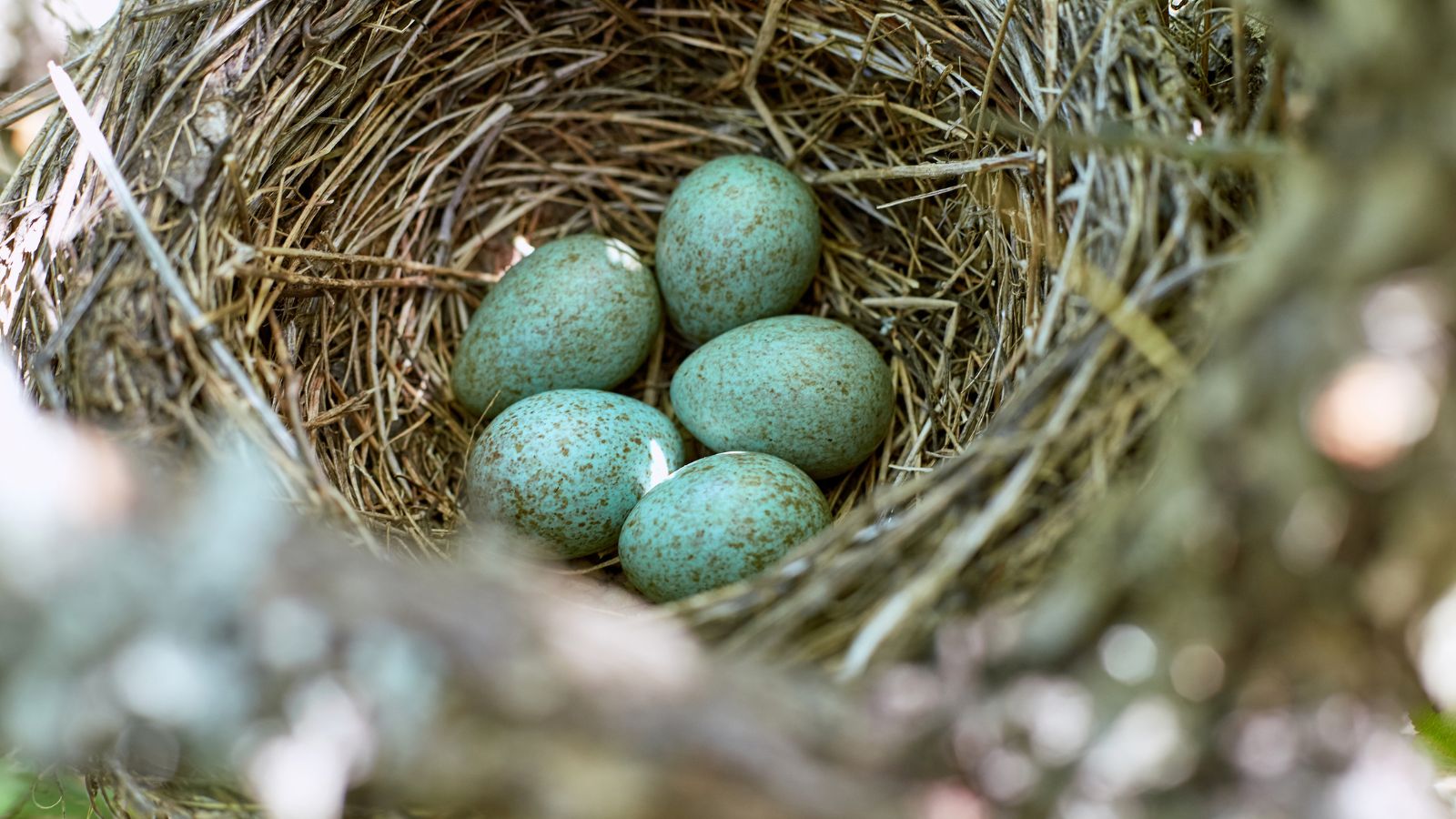
Bird eggs come in a wide variety of colors and patterns, from speckled and spotted to solid white or blue. Scientists aren’t sure why there are different colorations, but think it could be to camouflage against predators, to help parents identify their own eggs in a colony nest, or to keep the eggs at the correct temperature. They’re not simply supposed to be pretty!
Unhatched Chicks Can Receive Messages

Emperor penguins are known for their long-winded and challenging breeding rituals, involving the males huddling together for months during the harsh Antarctic winter to incubate their eggs while the females feed at sea. Research suggests males ‘talk’ to their developing chicks via vocalizations that stimulate development and prepare them for hatching!
Chicks Can Develop From Unfertilised Eggs
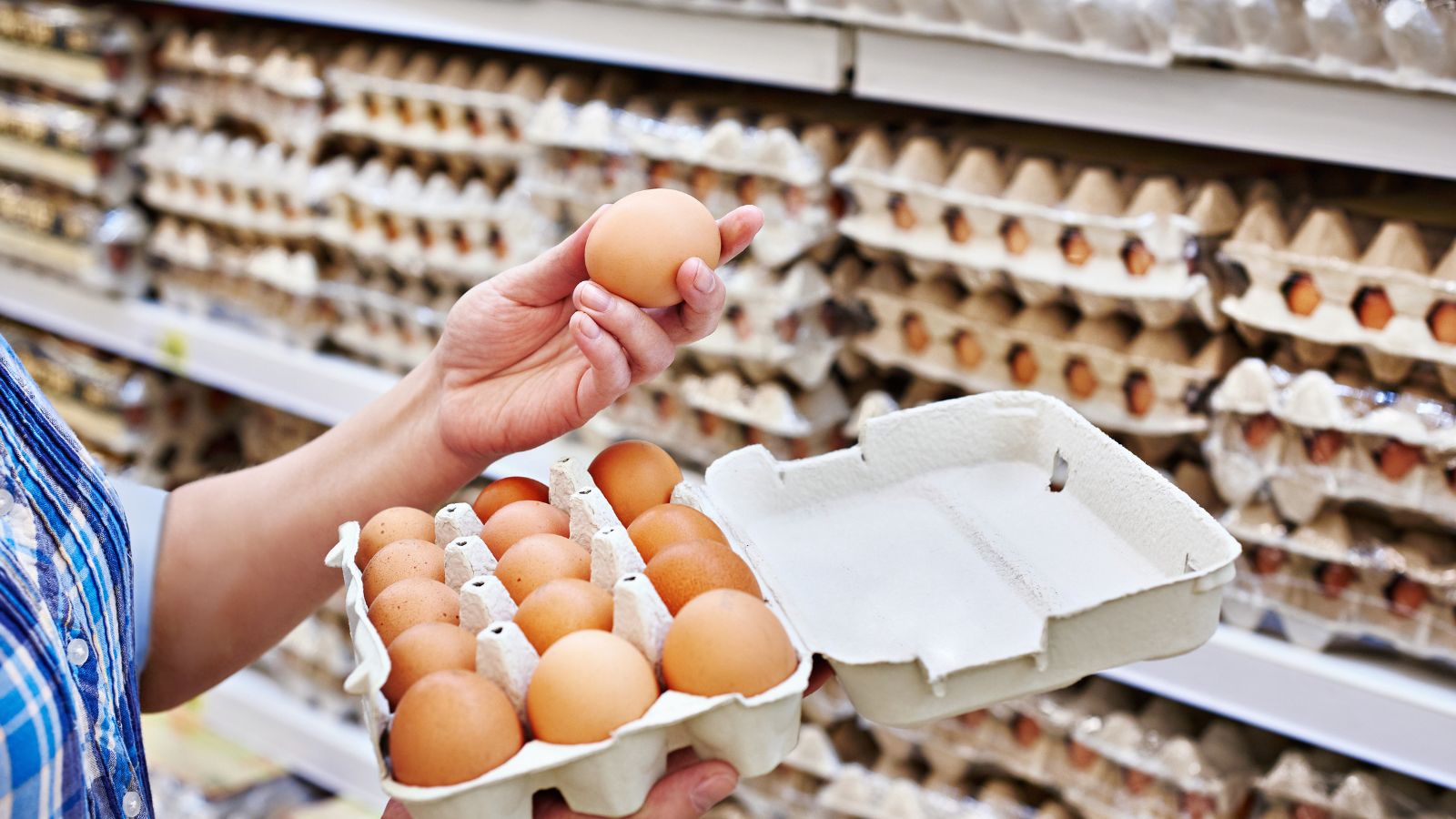
Most birds need to be fertilized by a male for their eggs to develop, but some bird species can reproduce asexually through a process called parthenogenesis. This is most common in turkeys, where even unfertilized eggs can sometimes develop into viable chicks. Surprisingly, bird chicks that result from this process are always male!
Eggs Are Medicine
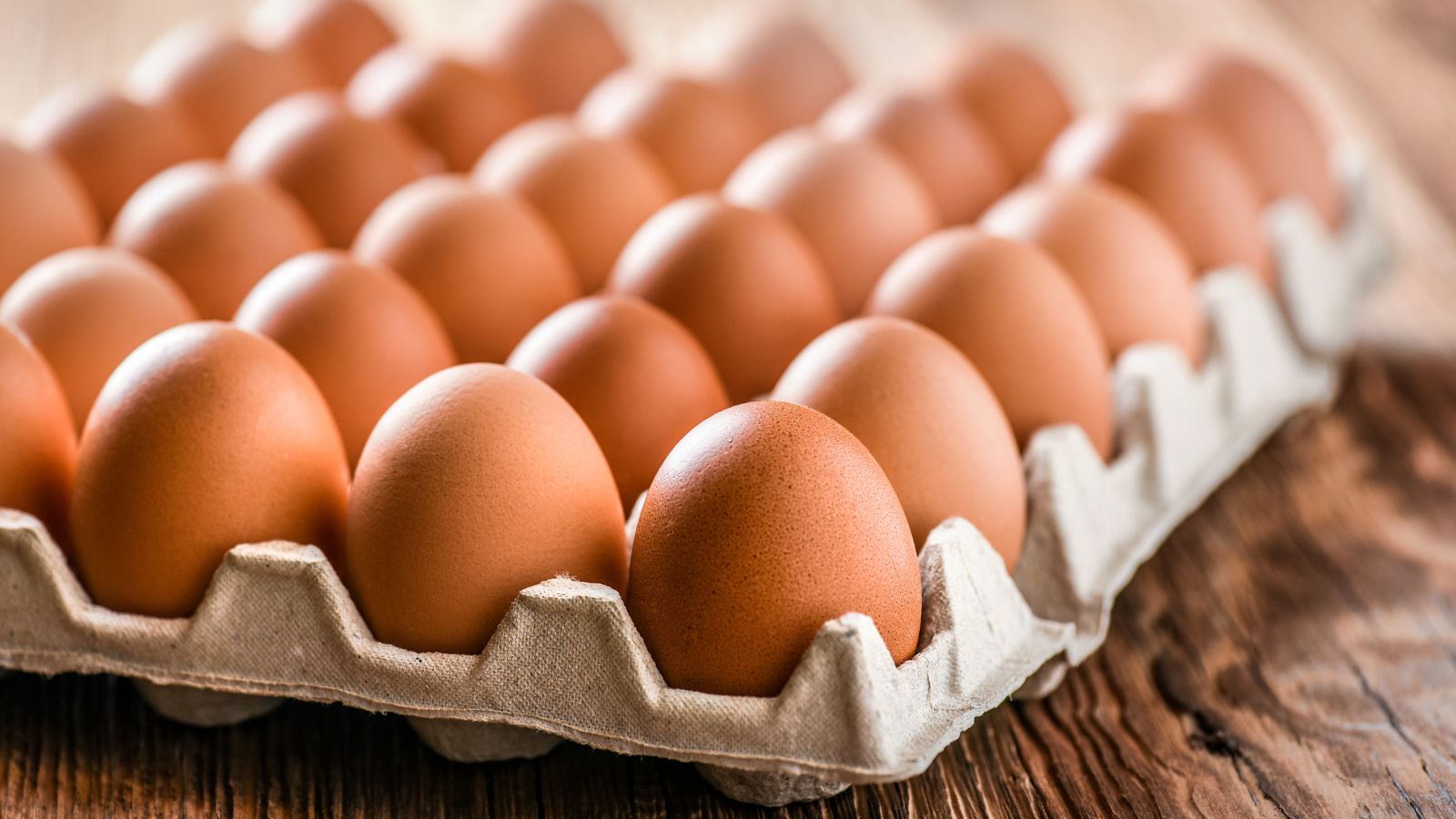
Eggs have been used in traditional medicine around the world for centuries, possibly longer. In some cultures, egg whites are used topically to treat burns or skin irritations. Chinese medicine uses every part of the egg, and Eggbert writes, “Eggshells and egg whites help reduce toxins and acid in the stomach, chicken egg yolks benefit blood flow, aiding in heart and kidney health.”
Some Eggs Tell Lies
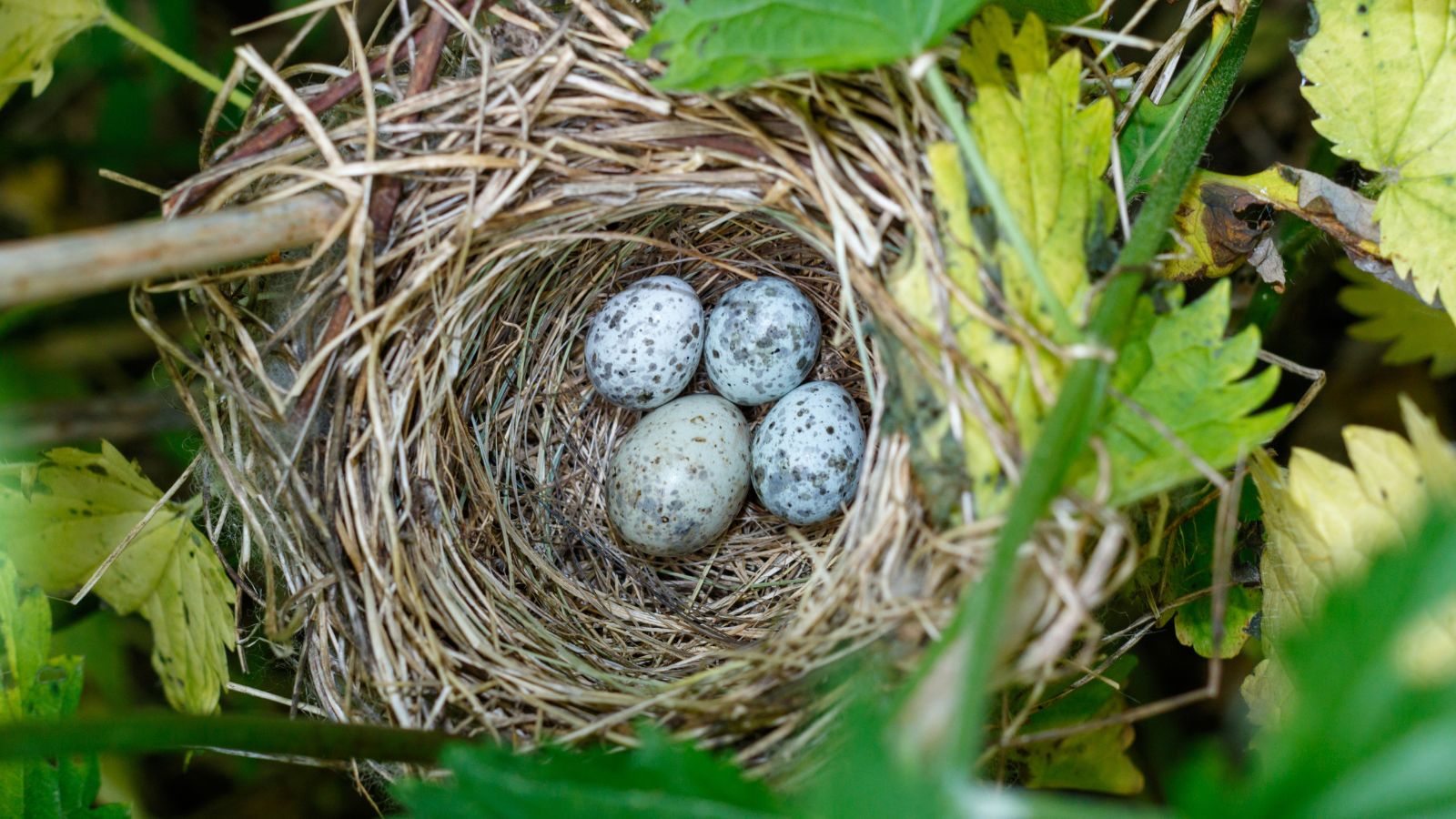
Some bird species, like the cuckoo, have evolved a selfish, yet clever, strategy to make sure that their young survive. Adults lay eggs in the nests of other bird species, and the unsuspecting hosts raise the chick as their own. The cuckoo egg is larger than the original eggs but perfectly matches its coloration and pattern, tricking the nest builders into thinking it’s one of their own.
Eggs Are Rotated
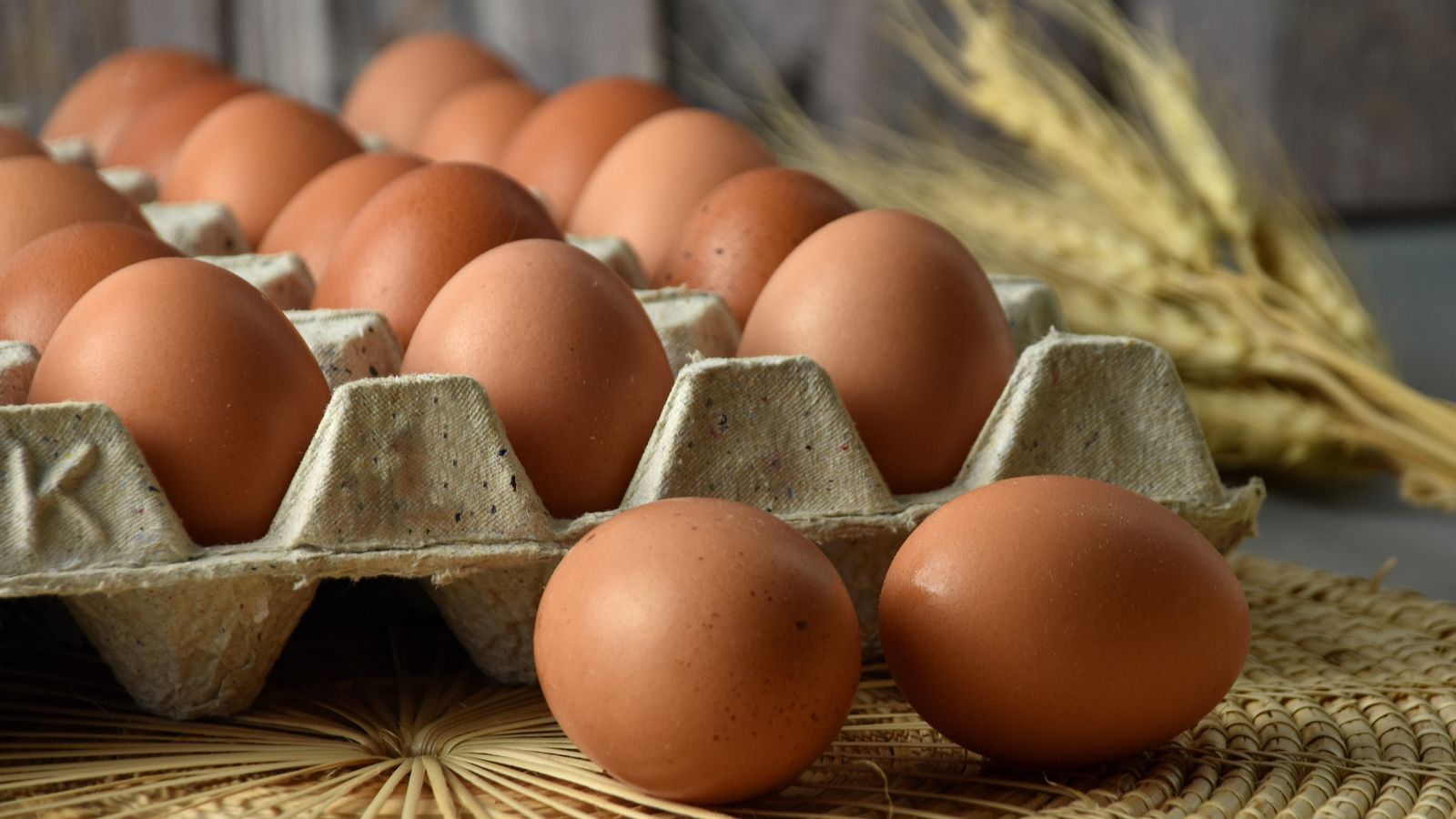
During incubation, the developing chick needs oxygen and a stable temperature. Parent birds, particularly those that lay eggs in enclosed nests, perform a behavior called egg-turning. The parent bird uses its beak to rotate the eggs within the nest several times a day, helping keep the eggs healthy, well-ventilated, and evenly warmed.
Clutch Size Varies
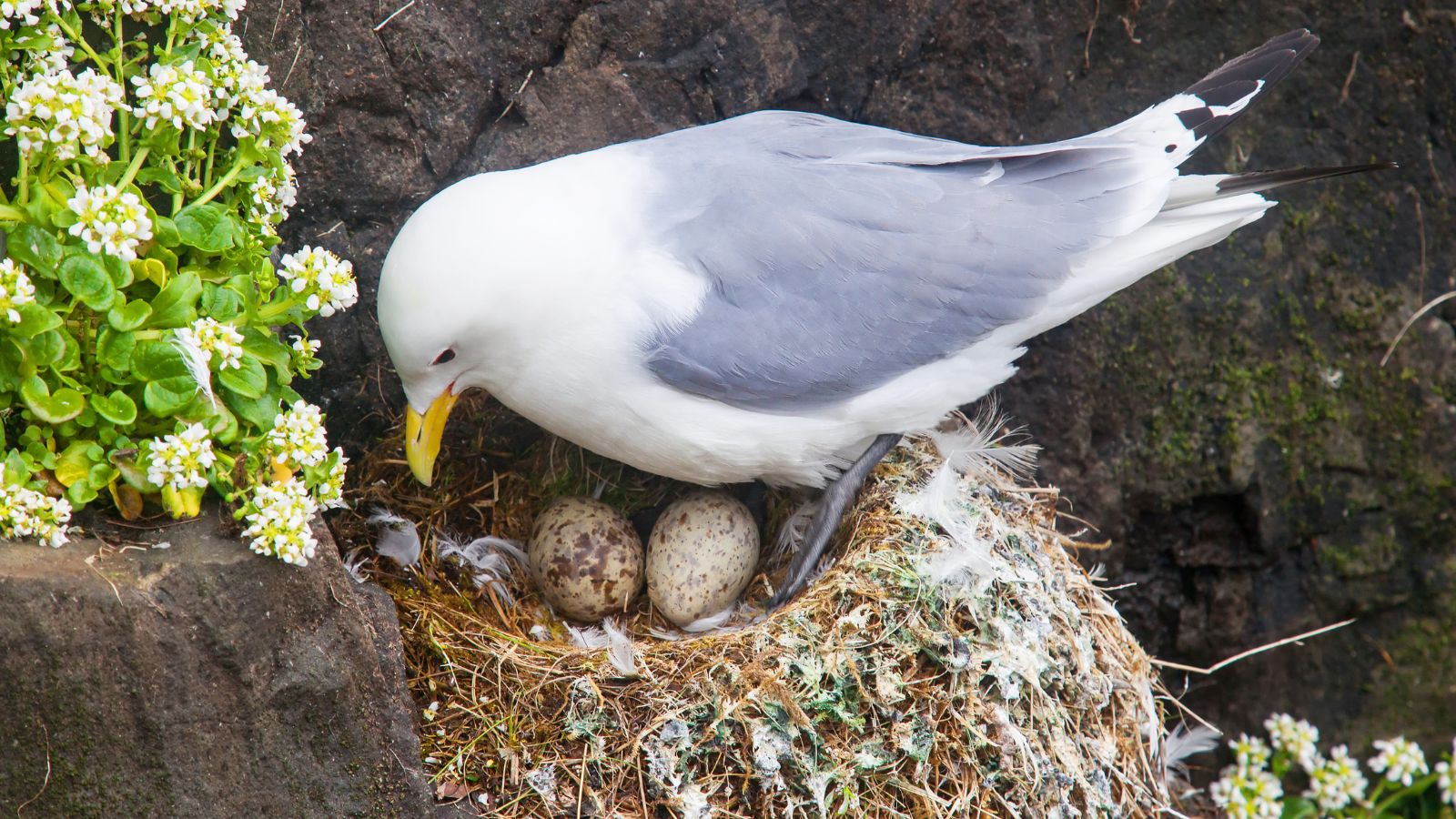
The number of eggs a bird lays at any time varies greatly depending on the species and its environment. Penguins only ever lay one egg, while smaller birds, like hummingbirds, typically have clutches of just two tiny eggs! In contrast, water birds like geese and ducks can lay 20 eggs at once, mainly due to having more reliable food sources and less predators.
Up Next: 20 Things Your Boss Is Legally Forbidden to Ask of You

The workplace should be a professional environment free from discrimination and harassment. While employers have the authority to ask questions regarding legal work obligations, there are certain personal boundaries they cannot cross. Whether it’s an invasion of privacy or an unfair request, here are 20 examples of things your boss is legally prohibited from asking of you.
20 Things Your Boss Is Legally Forbidden to Ask of You
18 Things That Say You Are Middle-Class and Not Rich

The difference between the rich and middle class can be confusing, but the two couldn’t be further from each other in reality. In this article, we look at 18 signs that someone is middle class but not at all rich or wealthy.
18 Things That Say You Are Middle-Class and Not Rich
18 Most Dangerous Cities in the World (5 Are in America)

Across the globe, there are many places you don’t want to find yourself because of the crimes waiting to occur. Sometimes, even nature can be cruel to you. This is particularly the case in the following 18 most dangerous cities in the world, five of which are in America!

